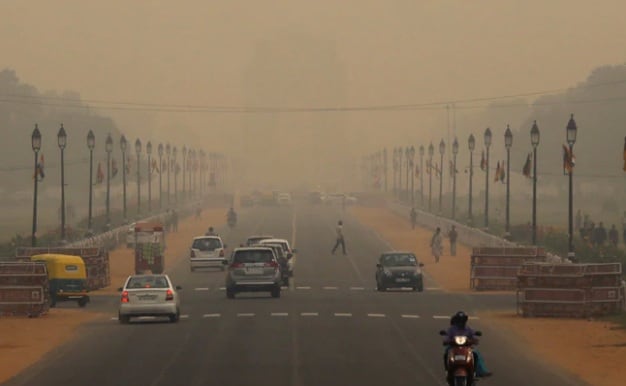The Delhi government on Friday announced a public health emergency in the city following the deterioration in air quality in the city. The local government also directed the closure of all schools till November 5 in the interest of the health and safety of children.
According to a report in the Hindustan Times, air quality in the capital has deteriorated breaching ‘severe plus’ level and the city remained shrouded in a thick, toxic layer of smoke and haze. Many environmentalists began to refer to Delhi as an open gas chamber.
Read more: Tips to beat the toxic smog this winter
The Air Quality Index (AQI) value in Delhi was at approximately 459 at 8 am Friday morning and this is the first time that the air quality has dipped to emergency levels in the national capital this season. Such a situation was last seen in January 2019. Meanwhile, Lahore’s AQI stands at 343 according to Air Visual.
This prompted the Environment Pollution (Prevention and Control) Authority (EPA), a Supreme Court-mandated body, to declare a public health emergency. It stated that the air quality in Delhi NCR has become “hazardous” and will have adverse health impacts on all particularly the children.

The EPA also suspended all construction activity in Delhi-NCR till November 5.
Delhi witnessed a spike in pollution after Diwali and the air quality quickly dipped in the following week with the share of stubble burning in Delhi’s pollution rising to 35 percent.
Chief Minister Kejriwal described the city as a “gas chamber” while distributing masks to schoolchildren. He also blamed the neighbouring states of Haryana and Punjab, where thousands of farmers at this time of year burn crop stubble, sending vast clouds of smoke drifting across northern India and Pakistan.
Read more: Air purifiers that are effective and available
Experts have previously predicted that more crop residues are burnt around the time of Diwali since farmers can show them as incidental fires. They use the method to quickly and cheaply ready their fields for the next round of sowing.







